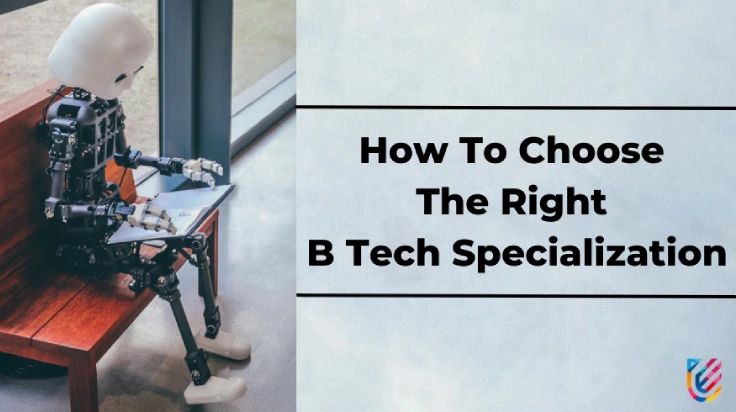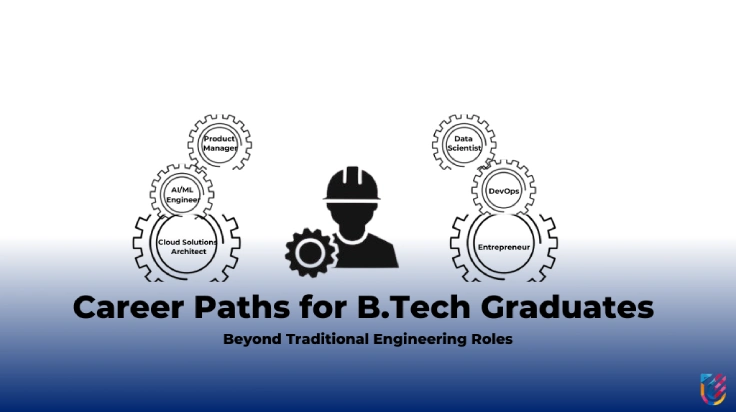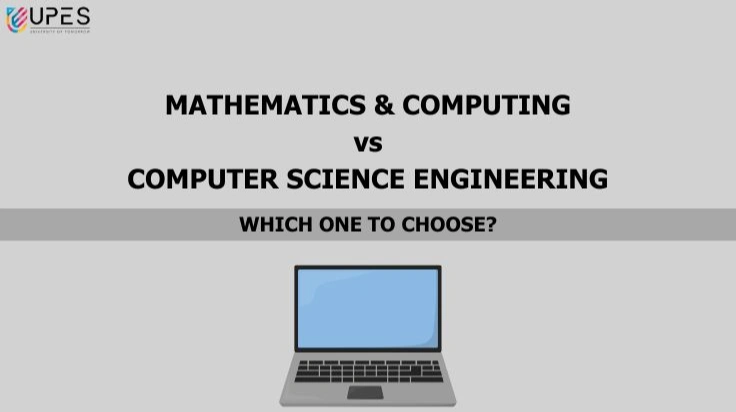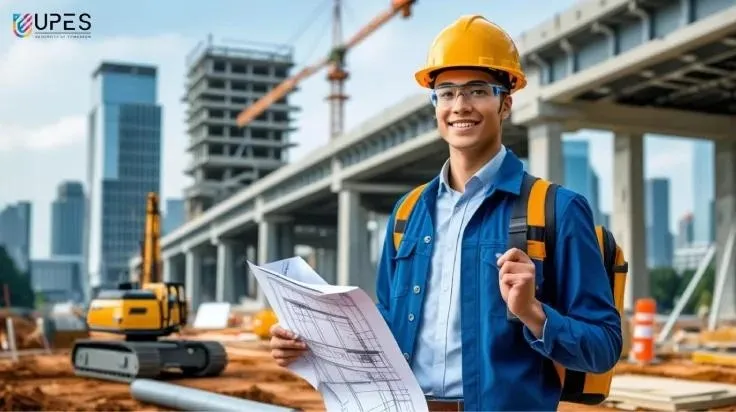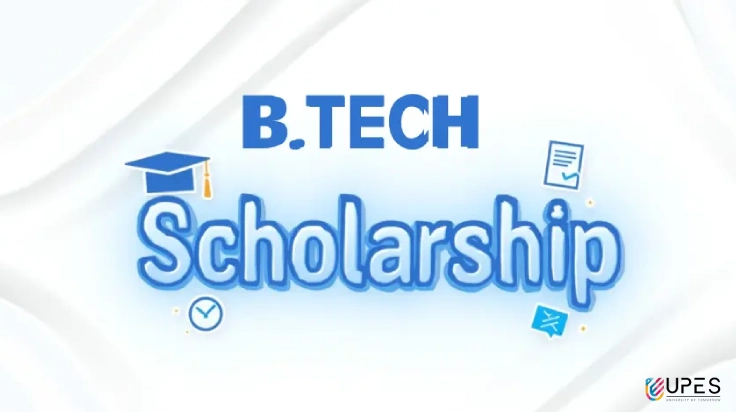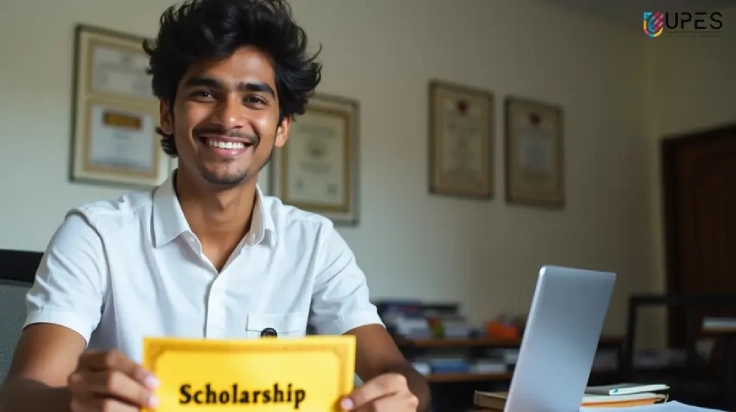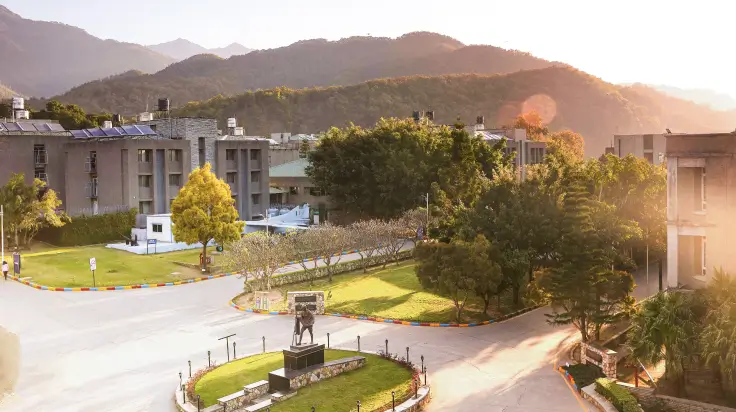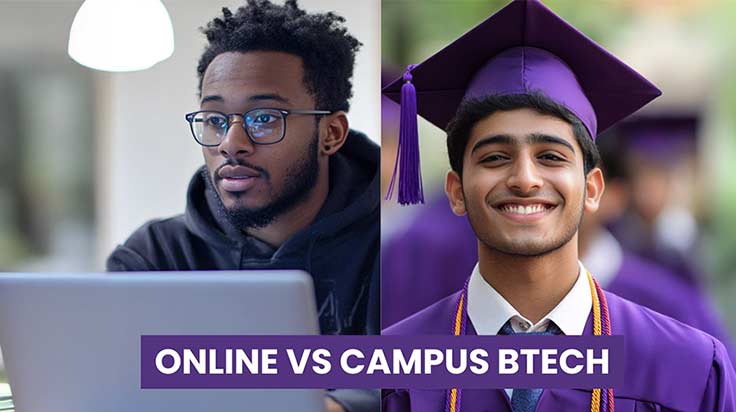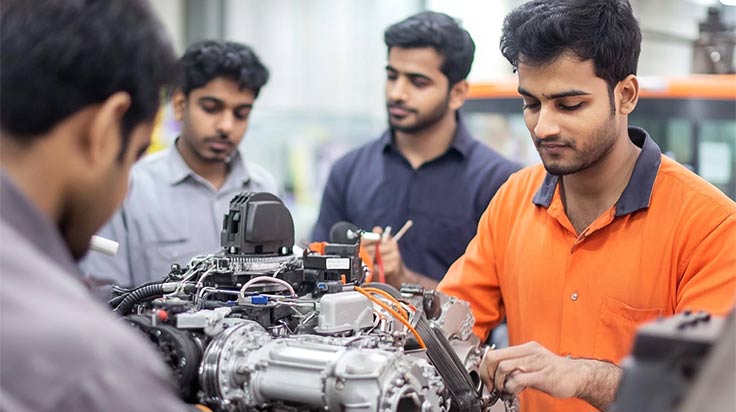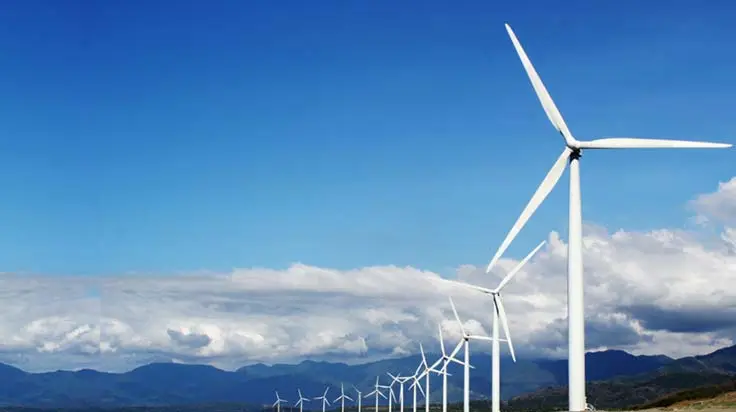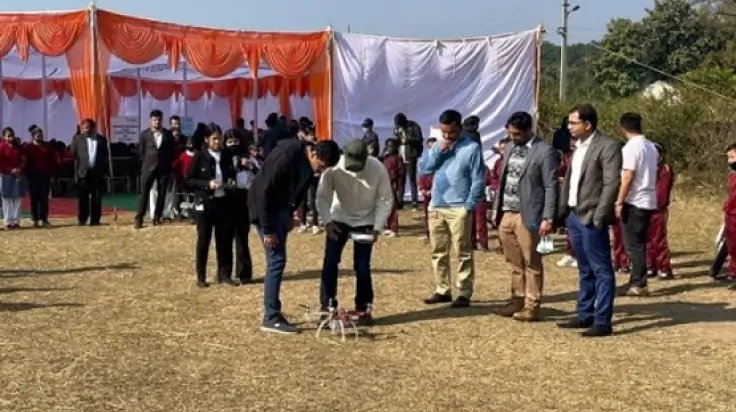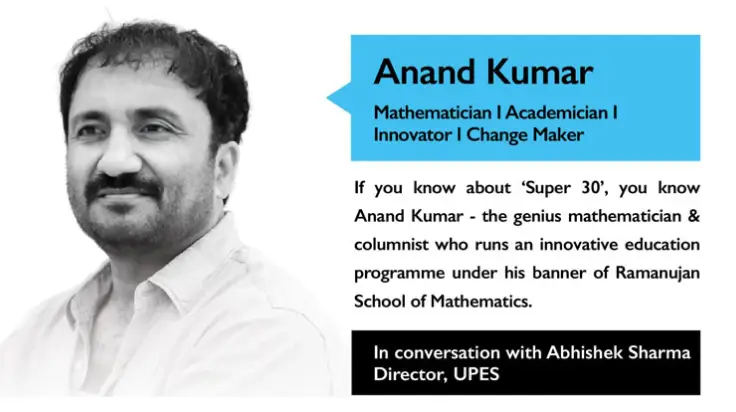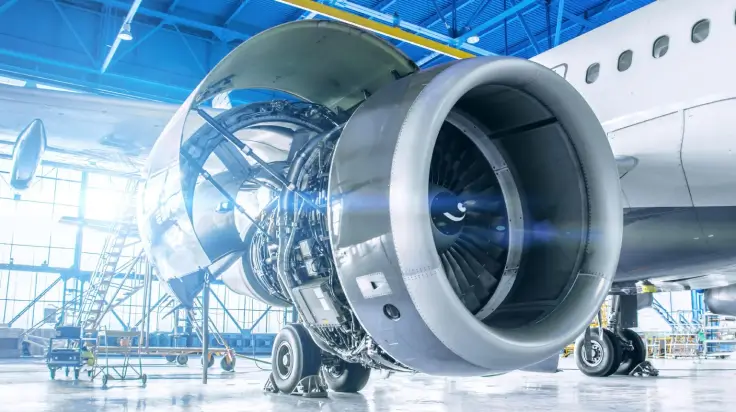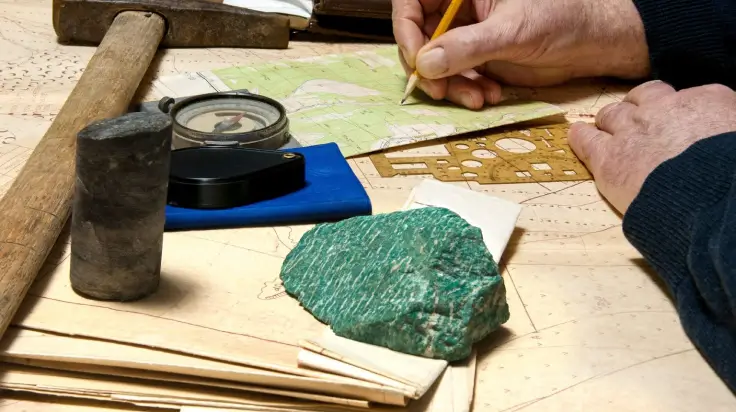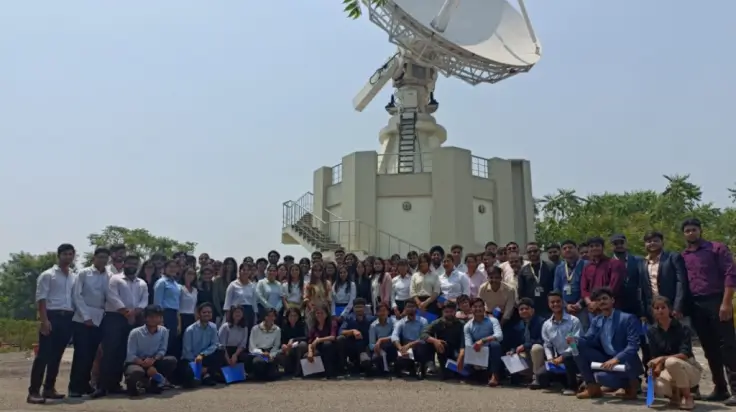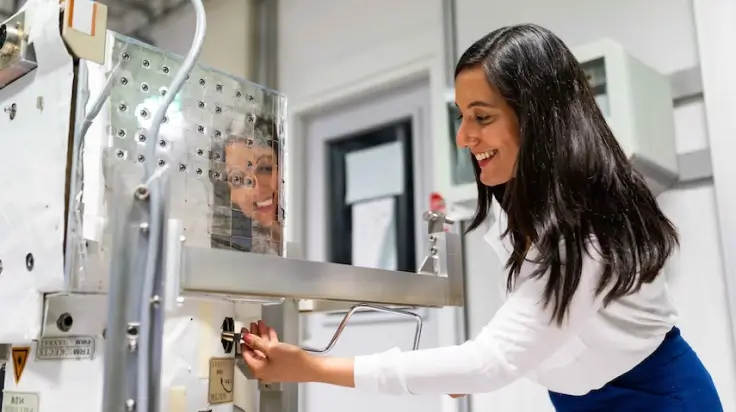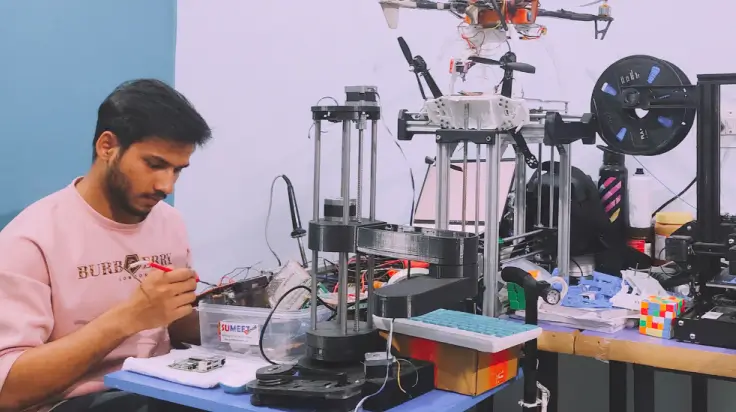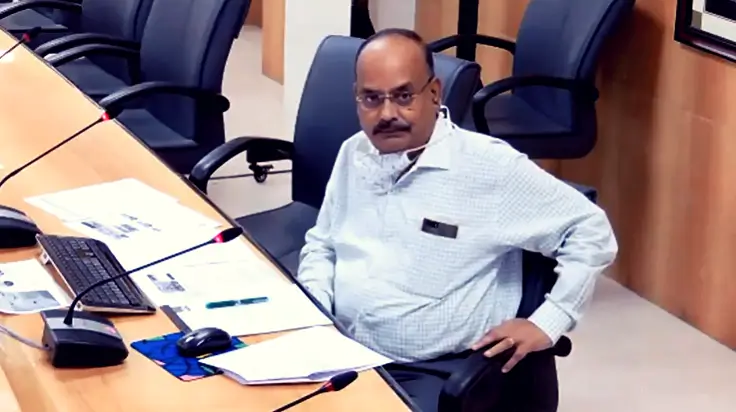Transforming India’s Education Landscape: Challenges, Initiatives and Future Roadmap
- Dr. Annapurna Boruah
- Published 10/11/2023
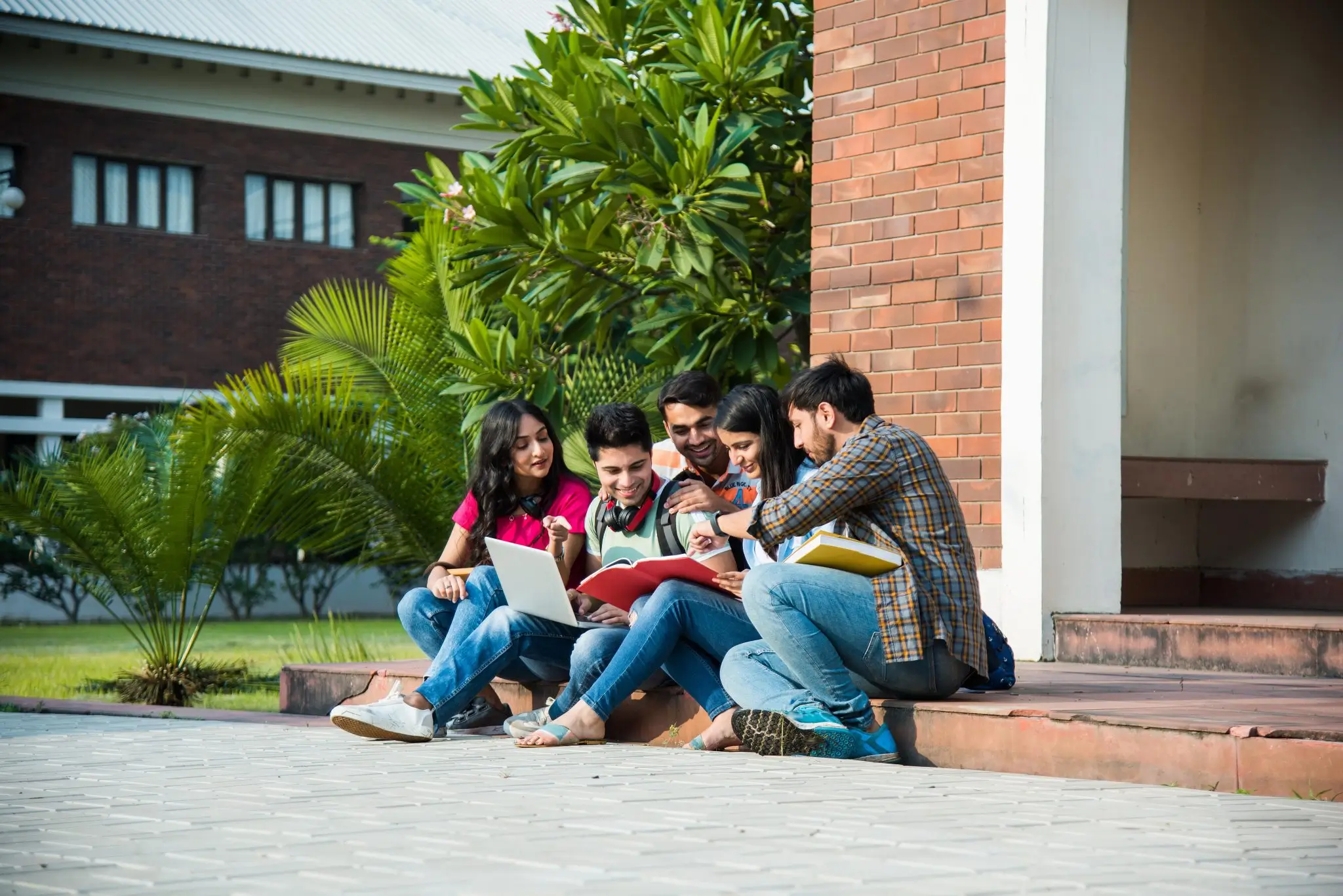
The great aim of education is not knowledge but action. This quote by British Polymath and philosopher Herbert Spencer continues to hold relevance even today in the field of education, as it underscores the idea that the goal of education goes beyond accumulating knowledge. Instead, education is a means to empower individuals to act, apply what they’ve learned, and make a positive impact on the world. Education is seen as a journey that nurtures individuals, unleashes their potential, and serves as a potent catalyst for social cohesion. It imparts values that foster connections among people of various backgrounds. The OECD Future of Education and Skills 2030 project identifies competencies (knowledge, skills, attitudes, and values) that students today need to develop in order to shape a future world.
India boasts the world’s largest network of higher learning institutions, with significant growth potential. The education sector’s total value is estimated at over $117 billion, projected to reach $225 billion by 2025, while the ed-tech market is expected to reach approximately $30 billion by 2031. According to data from the All India Survey on Higher Education (AISHE) spanning seven years (2012–13 to 2019–20), the number of foreign students studying in India increased from 34,774 to 49,348. In 2019-20 (pre-pandemic data), 9,503 foreign students were enrolled in Bachelor of Technology programs, followed by 3,967 in Bachelor of Science and 3,290 in Bachelor of Business Administration whereas over 5,00,000 Indian students went abroad to pursue higher education. The majority of international students in India originate from countries such as Bangladesh, Afghanistan, Sri Lanka, Tanzania, and Sudan. To attract more students from other countries, the modalities need to change.
Digital tools boost progress and student engagement in education. With the increasing pace of globalisation, it is essential to recognise that we should not deny any community access to the same services and opportunities as everyone else. In today’s education system, the goal for students with special needs is to allow them to participate in the same activities and learn the same material as their non-disabled peers. This can be an empowering experience for students with special needs. Instead of segregating them in separate classrooms, teachers are now finding ways to allow students with special needs to showcase their knowledge and talents, and technology can make this possible. Technology can be integrated with education to ensure that those with learning disabilities are not left behind. Recent technology advances have significantly improved accessibility for students with disabilities in higher education. Some notable developments include AI-Powered services, Virtual Reality (VR) and Augmented Reality (AR), 3D printing technology, Wearable sensory devices, accessible learning management systems (LMS), online collaboration and communication tools, gesture and voice control technology, more precise and automated closed captioning services, and more.
In the past two years, India’s skilling landscape has seen notable improvements. Recent reports highlight a significant emphasis on skill development, particularly in the fields of science, technology, engineering, arts, and mathematics (STEAM), as well as life skills. As India sets its sights on achieving a $5 trillion economy, it is imperative to align our skill development efforts with global demands. The rapid advancement of digital technology has led to significant global changes and challenges, amplifying the need for digital transformation in education.
As we stride confidently towards a brighter future, it is equally essential to draw inspiration from our past and remain firmly rooted in our nation’s rich history and traditions. India has been a repository of diverse cultures, reflected in our art, literary masterpieces, customs, traditions, languages, artefacts, heritage sites, and more. Preserving and promoting this cultural heritage is not just a duty but also a matter of national pride and strength. Under the visionary leadership of Honourable Prime Minister Shri Narendra Modi and his ‘Ek Bharat Shreshtha Bharat’ initiative, a noteworthy endeavour is underway. This initiative seeks to identify 100 tourist destinations in India where educational institutions will send students to explore the history, scientific contributions, traditions, indigenous literature, and knowledge associated with these locales. This initiative aims to acquaint students with the rich cultural and natural heritage that makes India truly “incredible.”
Despite India’s ongoing efforts to improve rural education, significant challenges still persist in delivering quality education to rural students. Issues like inadequate infrastructure, a shortage of qualified teachers, language barriers, economic hardships, and gender bias continue to hinder progress in rural education. With rural India representing approximately 65% of the total population, around 880 million people, addressing these challenges is of utmost importance. The literacy rate in rural India, as of 2021, stands at approximately 73.5%, with male literacy at 81% and female literacy at 65%. Since the rural economy contributes significantly to the nation’s GDP (25-30%), improving literacy in these areas is vital for India’s economic growth. To enhance rural education, a multifaceted approach is necessary, encompassing policy development, monitoring and evaluation, research and innovation, technology integration, and mentorship initiatives. This strategy begins with the formulation of comprehensive government policies focused on rural education. Adequate budget allocation is crucial to addressing infrastructure deficiencies, enhancing teacher recruitment, and improving overall educational quality in rural schools. Moreover, a dedicated budget ensures the sustainability of these educational enhancements. Regular monitoring and evaluation play an equally vital role, providing a systematic framework to assess the effectiveness of policies and programs. Key performance indicators and feedback mechanisms enable data-driven adjustments to achieve optimal outcomes. To foster innovation and overcome unique challenges faced by rural education, investment in research initiatives and collaborations between educational institutions, researchers, government bodies, private organisations, and civil society is essential.
India’s New National Education Policy 2023 is a significant step towards positioning the country as a global knowledge leader. This ambitious policy is built on four pillars: access, fairness, quality, and responsibility. It introduces innovative ideas that span both school and higher education, with a focus on holistic student development and a diverse curriculum. The policy aims to expand educational opportunities to every corner of the country. By ensuring access to quality education for all, it seeks to bridge gaps and provide equal chances for every student, regardless of their background or location.
Equity in education is a fundamental principle of the policy. This includes addressing issues of gender, socio-economic status, and regional imbalances.
The policy places a strong emphasis on improving the quality of education at all levels. It encourages a multidisciplinary approach to learning, nurturing critical thinking, problem-solving, and creativity. The focus is on promoting a deeper understanding of subjects, rather than rote memorisation.
The policy underscores the importance of accountability in the education system. It encourages institutions, teachers, and students to take responsibility for their roles in the learning process. This extends to promoting ethical values and environmental sustainability.
University Grants Commission (UGC) has introduced new draft guidelines requiring undergraduate students to undertake mandatory internships. This initiative aims to align the undergraduate curriculum with the NEP’s emphasis on incorporating research and internships, offering students valuable opportunities for hands-on experience.
Other government initiatives include:
- IFSCA (International Financial Services Centres Authority) GIFT City permitting top global universities with QS 500 rankings to set up offline centers in GIFT City, Gujarat, in selected disciplines.
- Twinning, Joint, and Dual Degree Programs, are made available through collaborations between Indian and foreign universities under the University Grant Commission (UGC) Regulation.
- The Program for Promotion of Academic and Research Cooperation invites talented international academics to contribute to enhancing the competitiveness of the Indian education system.
- The Global Initiative of Academic Networks is aimed at increasing the presence of distinguished foreign faculty in Indian academic institutions and encouraging global experts to contribute to teaching.
- The Leadership for Academicians Program facilitates collaborations with foreign universities to provide training for Indian academics.
These initiatives reflect India’s commitment to enhancing its education system through international collaborations and partnerships. A transformative roadmap for the educational landscape in India aims to create a generation of thinkers, innovators, and leaders prepared to contribute to the country’s and the world’s knowledge and progress. India’s focus on expanding education infrastructure and implementing favourable regulations is a significant step toward transforming the country into one of the world’s most favoured higher education destinations. By investing in infrastructure and creating a welcoming regulatory environment, India can attract more international students and collaborate with global institutions. This not only benefits the education sector but also contributes to the overall growth and development of the nation. As India continues to evolve as an educational hub, it has the potential to offer diverse and high-quality learning experiences to students from around the world, making it an attractive destination for higher education.
Dr. Annapurna Boruah
The writer is Annapurna Boruah, Associate Professor, Energy Cluster, UPES School of Advanced Engineering
UPES Admission Enquiry
Subscribe to UPES Blogs
Join our community for exclusive stories, insights, and updates
By clicking the "Subscribe" button, I agree and accept the privacy policy of UPES.










